Your Cart is Empty
Save up to 20% on all Harkla products & courses during Autism Acceptance Month! Click Here to See the Sale
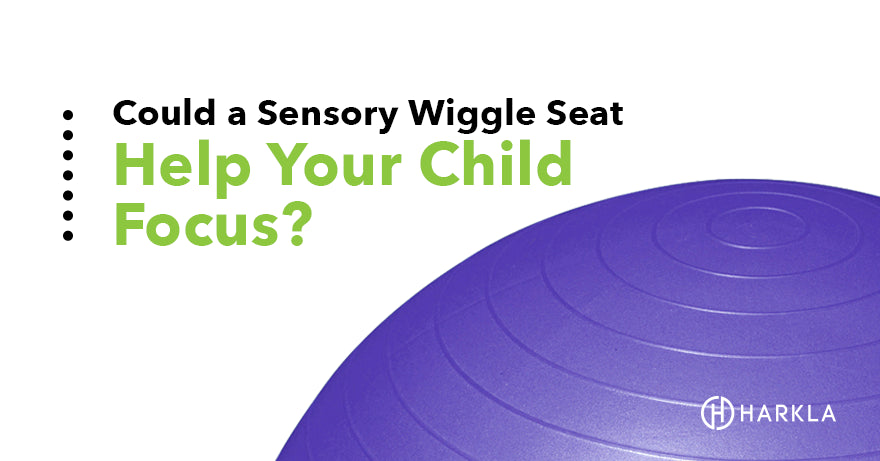
“Sit down!”
“Bottom in your chair!”
“Feet on the floor!”
How many times do you hear these reminders in an elementary classroom these days? Or, how often do you say it to your kids when they’re at the dinner table?
The reality is that kids are wiggly and have a hard time staying seated for all that we expect them to do at a table or desk.
There is a multitude of reasons why kids have trouble sitting still.
When your body is moving, your brain is more engaged in learning! It’s always been the case and yet our children’s days are comprised of much less active play than we were allowed in years past. Much of their days are spent trying to sit still in their classrooms, which isn't allowing them to develop their sensory systems.
Kids need ample time to run, jump, climb, crash, and get dirty! When sensory needs are not met through active sensory play, the brain seeks out the movement it needs by fidgeting and wiggling.
To learn more about a sensory processing disorder click here.
When kids are actively moving, they are developing muscle strength, endurance, and coordination skills. Core muscle strength is needed to maintain appropriate posture when sitting in a chair, balancing on a moving surface, and sustaining those positions when your brain is actively engaged in something else!
When your brain is paying attention to keeping your body upright, it’s not able to pay attention to the more important task at hand – eating, writing, learning, or playing. For some kids, decreased strength and endurance with postural muscles contribute to fidgeting and wiggling because it is physically hard to sit still!
For kids with diagnoses like sensory processing disorder, autism, ADHD, and anxiety, the challenge of sitting and focusing is affected by other symptoms of their diagnosis. For some kids, sitting in a chair requires sustained attention and interaction that they are not yet able to demonstrate without help. For other kids, just the feeling of the chair itself is uncomfortable and they cannot tolerate the sensation.
Regardless of why your child is having difficulty staying seated, the need for active seating options is necessary so that your child is better able to participate in the activities that may be limited by constant fidgeting, wiggling, or seat avoidance.
Luckily, parents aren’t the only ones recognizing the need for alternate seating. More and more classrooms are “moving” towards active seating options for kids.
“Active seating” options allow for subtle movements and adjustments while sitting. They’re not going to replace active play experiences, but these sensory seats promote body engagement and increased focusing ability by giving your child the sensory input he/she needs!
A classroom with alternate or active seating options could include:
The key to active seating is to provide a just-right fit for students who need a way to sit so they are able to actively engage and focus. The focus of the student then shifts from trying to stay still, to learning something new!
Whatever you want to call them, these sensory cushions can be used on chairs or on the floor to allow for subtle movements without calling attention to wiggling. Sensory cushions can come in different textures (bumpy or smooth or spiky), different sizes, and different shapes!
They are filled with air and depending on the amount of wiggling needed, you can adjust the amount they are inflated to provide more/less “wiggle.” Some sensory cushions like this Movin’ Sit have a wedge shape that promotes good posture. Teachers love these cushions to define boundaries on the carpet and they’re versatile enough to be used throughout the classroom without taking up a lot of space.

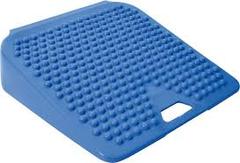
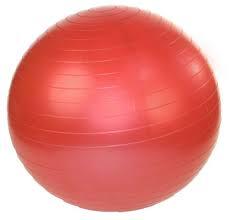
If your child doesn’t have the balance to stay upright or keep the ball underneath them, try corralling it in a ball stability bowl, laundry basket, or milk crate. You’ll still be providing a moveable sensory surface while allowing for more containment of the ball itself.
You can buy ball chairs with armrests and a sturdy frame that accomplish the same thing. An exercise ball is one of an occupational therapist’s must-haves! If you’ve got one at home, try bringing it out as an active seating option.
For kids who have good balance and safety awareness, exercise balls can be great to tuck under the desk in lieu of a classroom chair or at the kitchen table! In fact, some balls come ready-made to turn them into chairs like these balls with stability legs.
Whatever type of exercise ball seat you choose, a good guideline for proper positioning is 90/90/90 - to have your child’s feet flat on the floor, their hips, knees, and ankles should be at 90-degree angles. So, size your exercise ball up or down based on your child’s height.
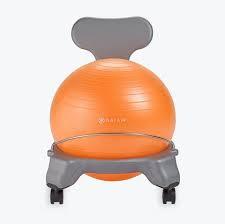
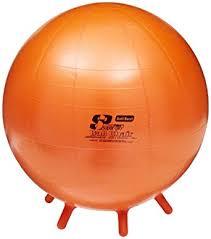
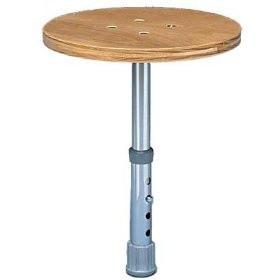
Runtz ball chairs are stable chairs that have exercise balls built into them so you don’t have to sacrifice the sensory input for the safety of a stable base.
The Kids ErgoErgo allows kids to rock gently in any direction to build core strength while actively sitting.
Kids can bounce, wiggle, and jiggle to their heart's content on the playful Jellyfish Chair. Perfect for kids who have trouble sitting still or crave a little movement while they work at a desk.
If you’re looking for more of a core muscle challenge, T-stools or wobble chairs are specially-designed active seating options.
Add a little extra input to a foam cushion with this vibrating cushion from Senseez. It may not provide as much wiggling potential, but the soft foam and deep vibration may be a just-right fit for some kids to stay seated!

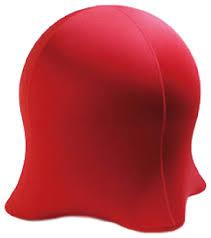
There’s a lot to consider when finding seating solutions to help your child focus. Whatever the reason for their wiggles, think about textures, movement, and vibration when you’re considering a sensory seat and how it can fit into your home and your child’s classroom.
Remember, active seating options are great sensory tools but they should never replace the active sensory play and movement activities that your child needs to learn and develop!
Comments will be approved before showing up.


